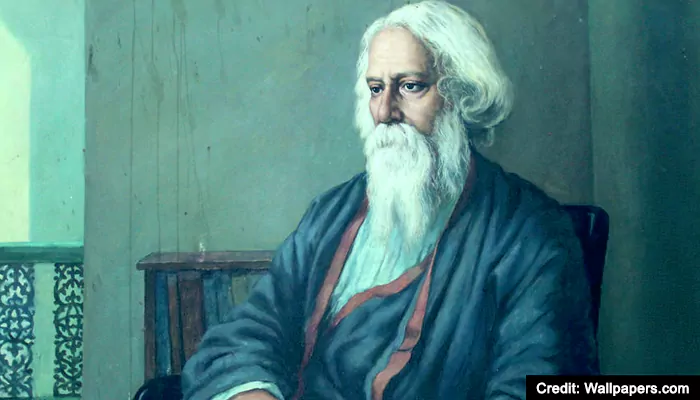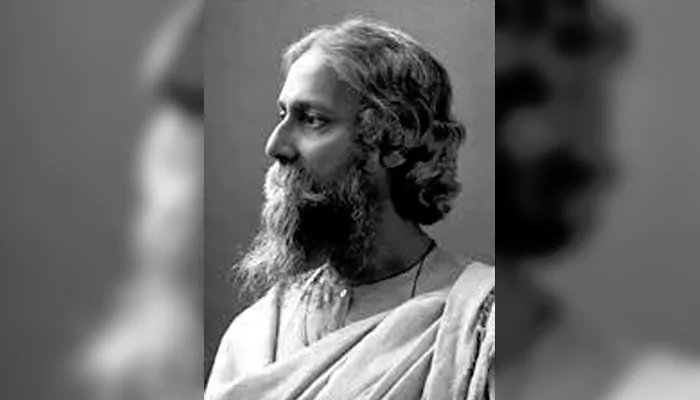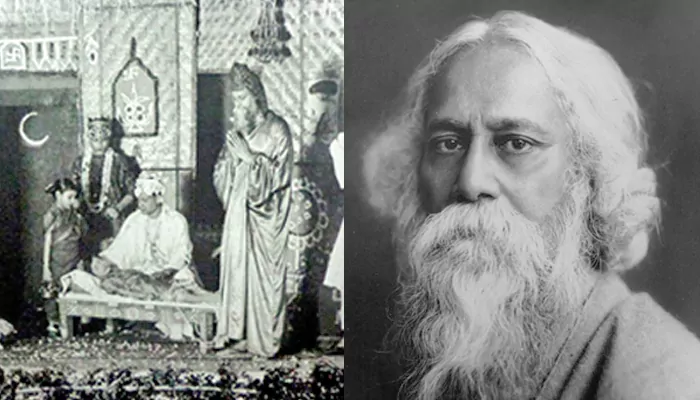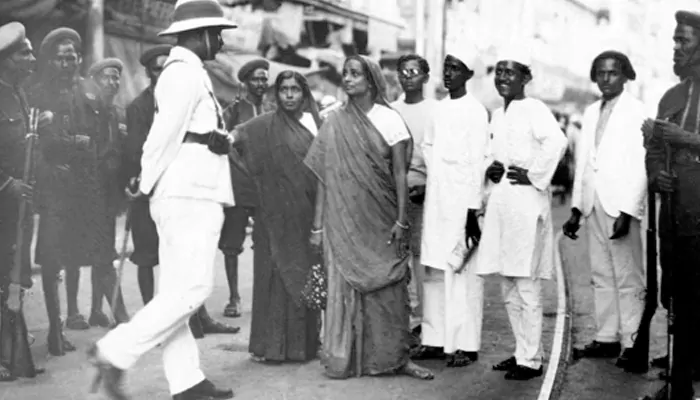The Tomb of China's first emperor Still Remains A Mystery, Archeologists Are Afraid Of Booby Traps

Ancient Chinese historian Sima Qian wrote an account roughly a century after the emperor's passing, describing possible booby traps hidden inside the tomb.
The disastrous excavation of the city of Troy in the 1870s by Heinrich Schliemann serves as a stark reminder of the potential consequences of hasty and naive archaeological practices.
Why researchers are afraid?
According to some experts, opening the tomb could pose immediate and deadly dangers. Ancient Chinese historian Sima Qian wrote of "crossbows and arrows primed to shoot, and rivers of mercury designed to simulate the natural waterways of China."While the threat of 2,000-year-old weapons may seem far-fetched, the danger of mercury is very real.
Recent scientific studies have found "significantly higher levels of mercury around the tomb than expected", suggesting that the toxic element may be escaping through cracks in the structure.
How it can be opened?
Current archaeological techniques are invasive and carry a high risk of causing irreparable harm. However, researchers have proposed "non-invasive techniques to examine the tomb", such as using "muons, subatomic particles" produced when cosmic rays collide with atoms in the Earth's atmosphere. These particles can penetrate structures like an advanced X-ray. However, these proposals have yet to gain significant traction.The mystery continues:
In 1974, a group of farmers, in the Shaanxi province of China made the extraordinary archaeological discovery that stunned the world. While digging in a seemingly ordinary field, they unearthed fragments of a clay human figure.Subsequent archaeological excavations revealed that the field was situated above numerous pits filled with thousands of life-size terracotta models. These figures, meticulously crafted to represent soldiers, war horses, acrobats, esteemed officials, and various animals, were part of what is now known as the Terracotta Army.
Meanwhile, the terracotta army and Qin Shi Huang's tomb complex are designated as UNESCO World Heritage Sites and remain some of the most significant archaeological discoveries in history.
The purpose of this vast army of clay was to guard the nearby mausoleum of Qin Shi Huang, the formidable first emperor of the Qin dynasty who ruled from 221 to 210 BCE.
As per reports published in various Chinese media, "historians believe craftsmen were allegedly ordered to create crossbows and primed arrows, poised to shoot at anyone attempting to enter the tomb."
As the scientific advancements continue, it may only be a matter of time before researchers can safely uncover the secrets that have lain undisturbed for over two millennia.












